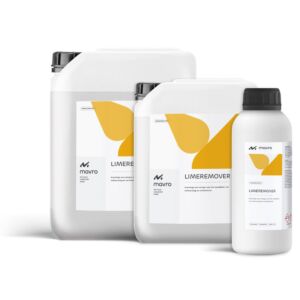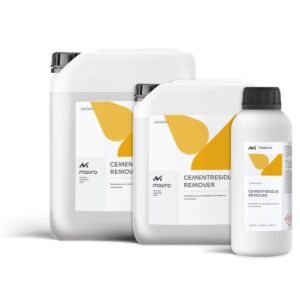Oxide&Salt Remover
PRODUCT DESCRIPTION
Salt&Oxide Remover is an acidic cleaner for the removal of urea salts, oxides and rust from different type of surfaces.
Salt&Oxide Remover is also used for the removal of dirt, stains and oxides from aluminium.
Salt&Oxide Remover is slightly viscous and can therefore be applied on vertical surfaces.
USE
Salt&Oxide Remover can be applied on all acid resistant surfaces.
Salt&Oxide Remover is widely used in toilets, shower stalls, sewage treatment plants, restaurant kitchens, stainless steel, swimming pools and slaughterhouses.
CHARACTERISTICS
• Fast-acting and efficient
• Cleans many types of scale and dirt from various surfaces
• Very suitable for use on vertical surfaces
PACKAGING
1, 5 and 10 L.
OPERATING INSTRUCTIONS
1. Wet the surface with water.
2. Apply Salt&Oxide Remover undiluted with a brush, low pressure spray or sponge. Work from bottom to top.
3. Agitate the product on the contamination with a brush or sponge until the contaminant has released from the surface.
4. Spray the surface with water (20-60 °C) and suitable pressure.
5. Rinse the surface again with clean water.
APPLICATION CONDITIONS
Salt&Oxide Remover can be used in all dry weather conditions.
THEORETICAL CONSUMPTION
Consumption is between 3-5 m2/L depending on the degree of contamination and porosity of the surface.
STORAGE AND STABILTY
Can be kept for at least 24 months in original unopened packaging.
Store in a ventilated, cool and frost-free place.
SAFETY PRECAUTIONS
Causes severe burns and eye damage. Avoid skin and eye contact, wear suitable gloves, protective clothing and safety goggles. When in doubt, always consult the safety data sheet or our R&D department..
-
Icon
-
Icon
Support
Our advisors are happy to help you
-
Icon
Pay later!
Afterwards pay possible!
-
Icon







